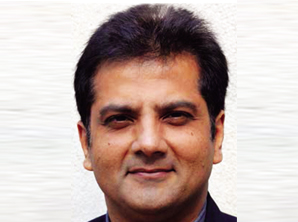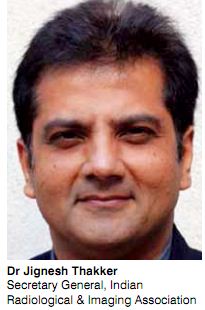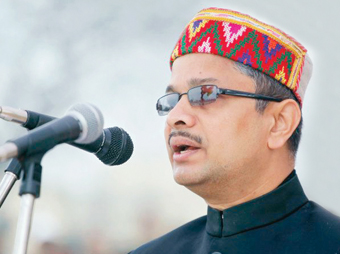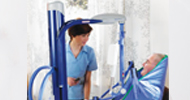
The new inventions in the field of digital radiography are contributing a lot in the way of better diagnostics and imaging.


Dr Jignesh Thakker, Secretary General, Indian Radiological & Imaging Association
The increase in use of advanced diagnostic imaging has almost certainly contributed to both improved patient care processes and outcomes, but there are remarkably few data to quantify the benefits of imaging. Ultrasound systems are mostly used in cardiology, radiology and gynaecology departments. But increasingly a number of other departments“critical care, emergency medicine, regional anaesthesia, operating theatres“have started showing interest in offering services for clinical applications. This is because imaging can give immediate answers to specific medical questions. Hospitals are purchasing units for different departments.
Additional clinical challenges include the need for improved productivity because of staff shortages and space limitations; the need to reduce costs to enable digital imaging solutions in lower volume imaging locations, such as family practice, orthopedic, podiatric, and chiropractic settings; and the need to improve image quality and image acquisition and transmission times. Healthcare facilities around the world have unlocked the benefits of wireless DR. Installing highly productive DR suites will help the Trauma Center manage growing patient volumes using its existing xray rooms.
A digital radiography system is technologically more advanced than analogue and computed radiography systems, which is one of the factors contributing to the growth of this market. The global digital radiography market has been witnessing the trend of film-free radiology departments. However, the increasing adoption of computer radiography systems could pose a challenge to the growth of this market.

|
A digital radiography system is technologically more advanced than analogue and computed radiography systems, which is one of the factors contributing to the growth of this market |
The use of diagnostic imaging in the medicare population has increased significantly over the last two decades, particularly using expensive new technologies such as computed tomography (CT), magnetic resonance imaging (MRI), and nuclear medicine positron emission tomography (PET). The development and improvement in these advanced diagnostic imaging technologies is widely credited with leading to earlier and more accurate diagnoses of disease using noninvasive techniques.
Healthcare infrastructure is developing rapidly across India. Powered by technology, new innovations and driven by new age hospitals, Ultrasound technology has taken a giant leap forward. The new inventions in the field of ultrasound are contributing a lot in the way of better diagnostics and imaging.
In post bypass patients, the physicians prefer to conduct examination through soft exposure X-Rays so as to see how wet the lungs are. The cardiac surgeon would like to have an X-Ray with a harder exposure so as to see inserted hard ware, drains, etc. In one exposure with a conventional X-ray it is difficult to achieve both. This results in one of the two being unhappy with the quality. This problem does not occur with digital X-rays as the images can be manipulated to provide a softer and harder image with the same exposure thus keeping both the physician and cardiac surgeon satisfied.
Be a part of Elets Collaborative Initiatives. Join Us for Upcoming Events and explore business opportunities. Like us on Facebook , connect with us on LinkedIn and follow us on Twitter , Instagram.












